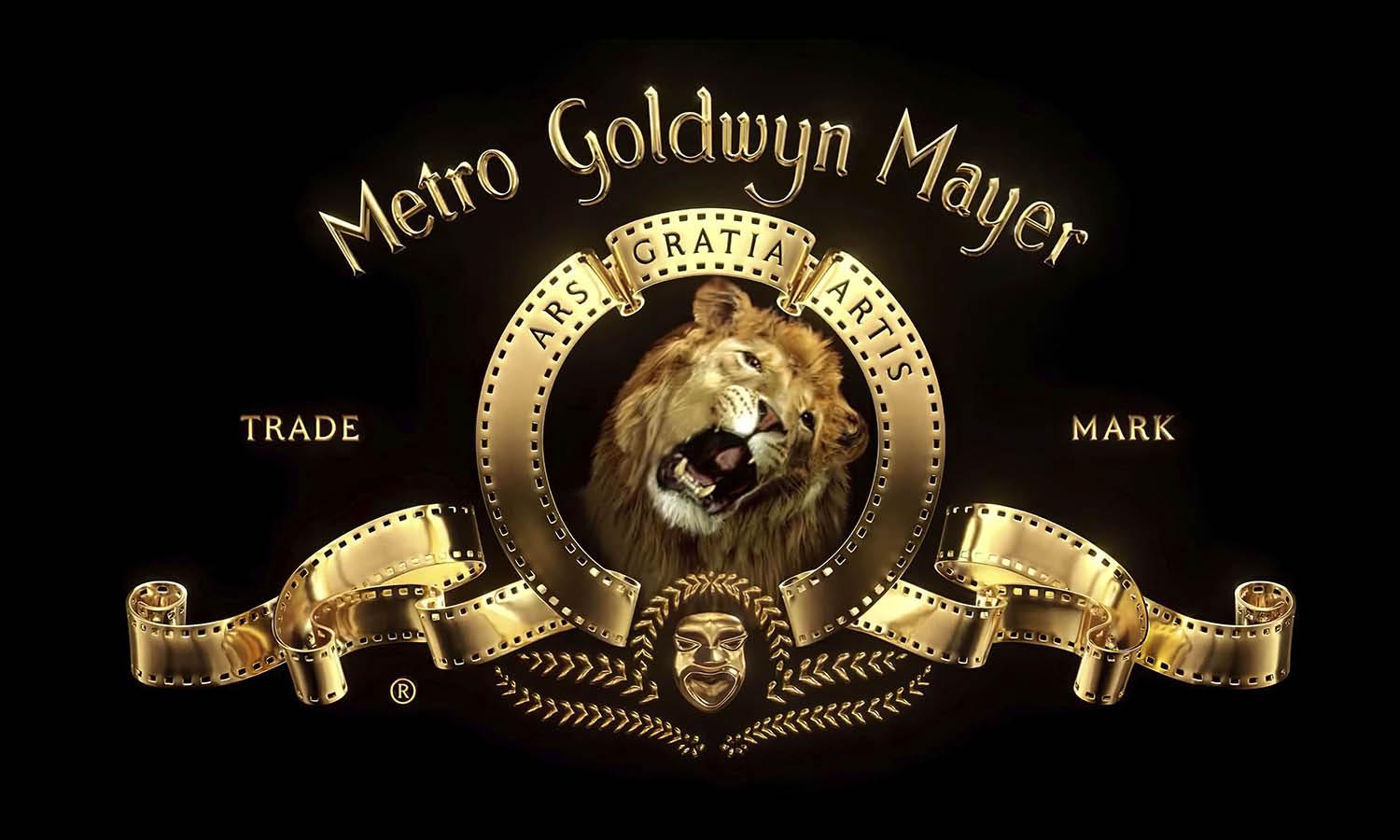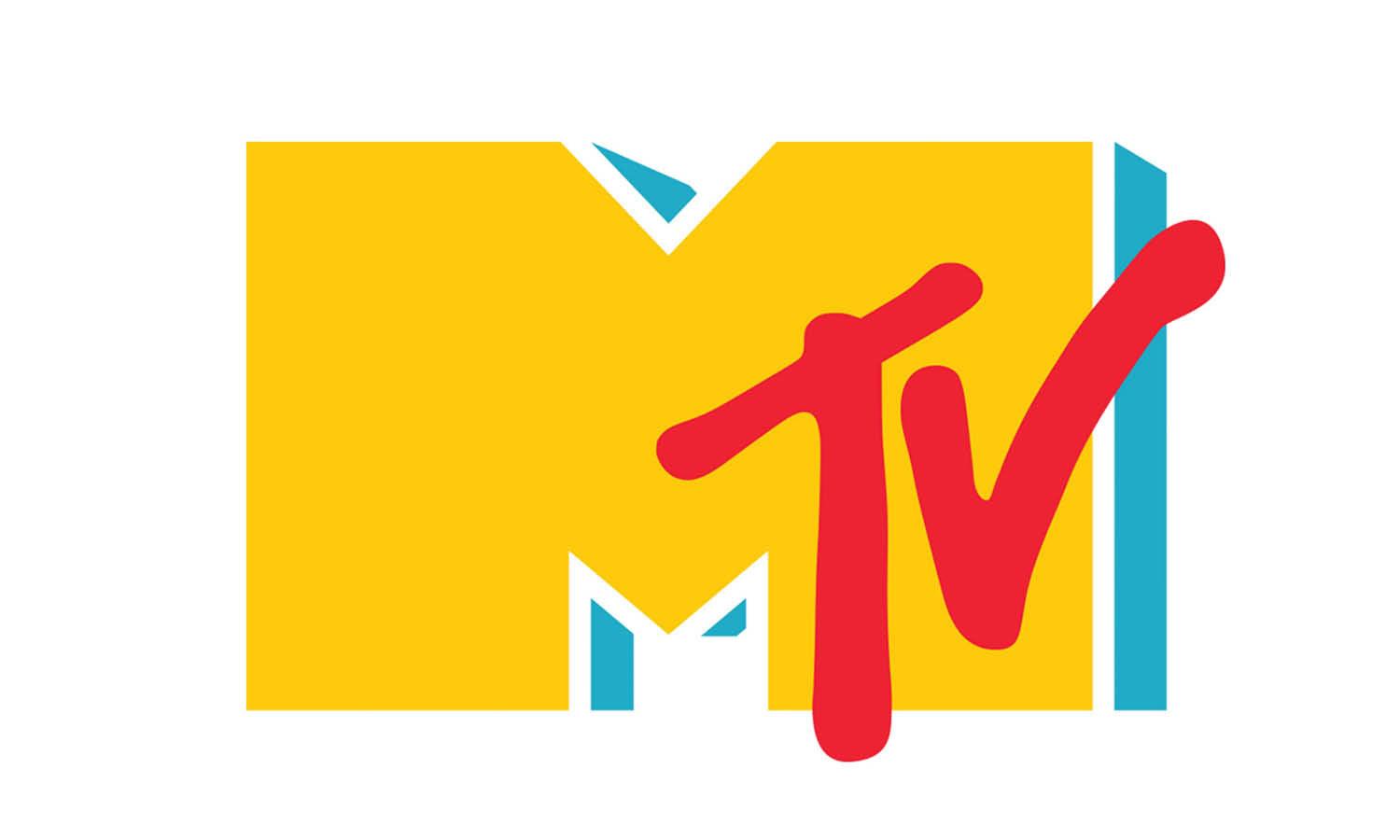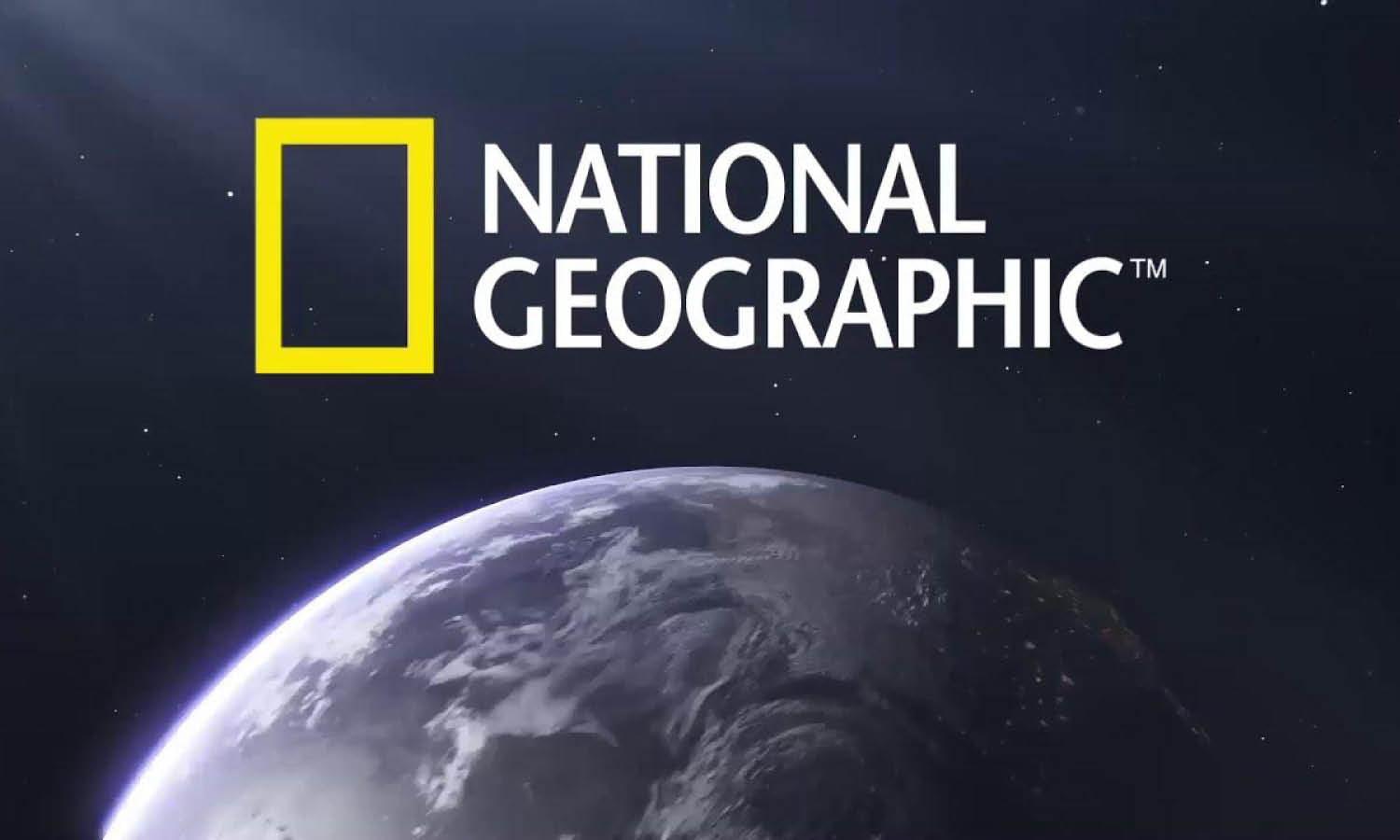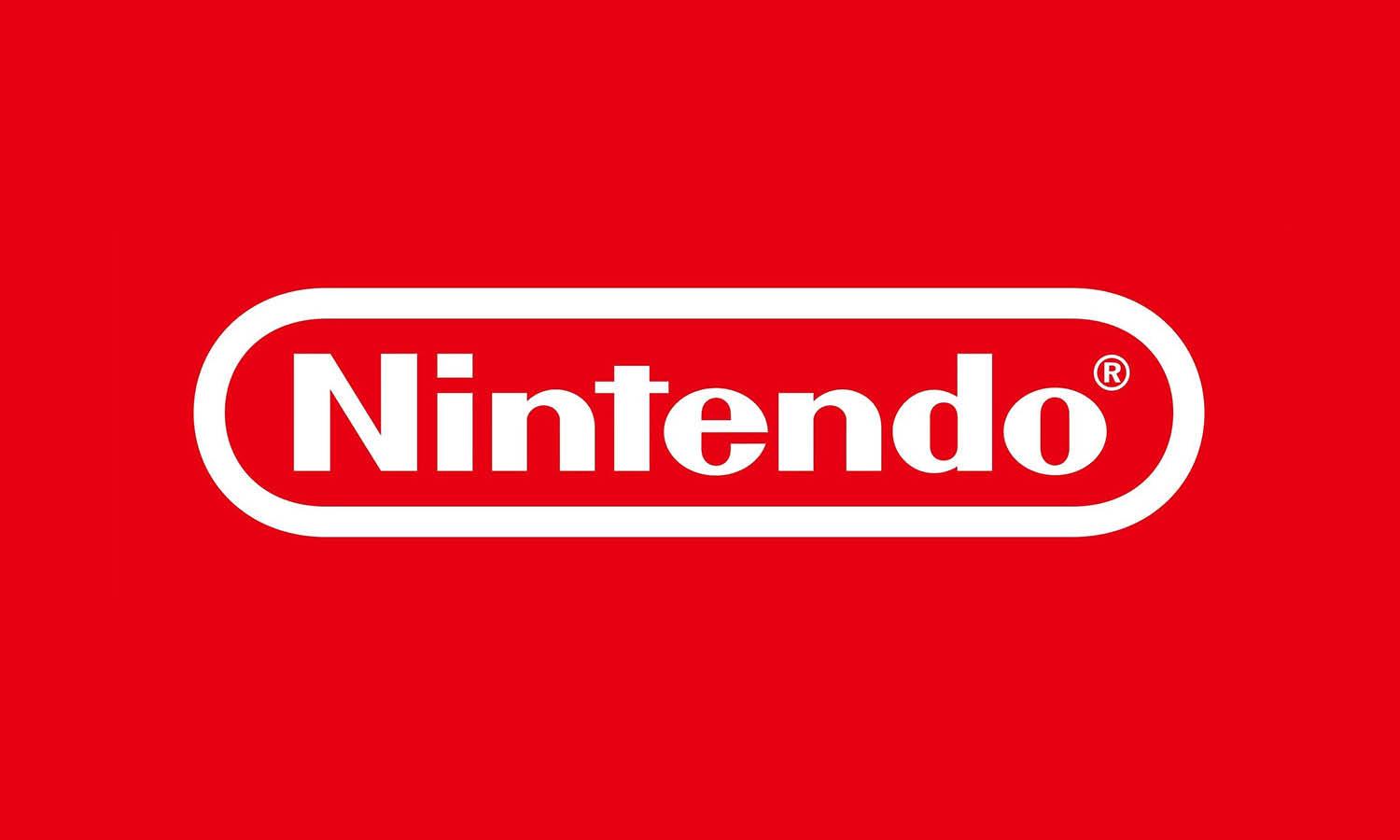Marvel Logo Design: History & Evolution

Image Source: https://wallpaperaccess.com/marvel-logo | Image Courtesy: Marvel
If there's one thing that can instantly ignite a sense of nostalgia, excitement, and curiosity in the heart of comic enthusiasts and designers alike, it's the Marvel Comics logo design. Over the years, the emblematic Marvel Comics logo has evolved, much like its myriad of iconic characters, becoming a symbol of creativity and storytelling excellence. This transformation is not only a testament to great design but also an intriguing study of branding, culture, and visual communication. In this article, we'll embark on a thrilling journey through the history and evolution of the Marvel Comics logo design, uncovering the artistic choices and design elements that have shaped this household emblem. Whether you're a seasoned graphic designer or simply someone who appreciates the art behind the brand, grab your virtual sketchpad, and let's dive into the fascinating world of Marvel Comics logo design. It's more than just aesthetics; it's a narrative that resonates with millions, and it's one that keeps on evolving. Stay tuned!
Marvel Comics Logo Design History
1939 - 1951
During a significant 12-year period, from 1939 to 1951, Marvel Comics logo design showcased a distinctive shield shape that resonated with readers and graphic designers alike. Divided into two fields, this logo was more than a symbol; it was a window into an era of creativity.
The top field of the shield was solid blue, housing the expressive lettering "Timely Comics" in white. It was a contrast that was bold and attention-grabbing, mirroring the adventurous tales within the pages. Below, the field combined vertical stripes in blue and white, with the central place proudly occupied by the word "Inc." inside a spirited red rectangle.
The Marvel Comics logo design during this time reflected a time of experimentation, creativity, and growing identity. It served as a beacon for readers and an inspiring example for designers, echoing the vibrancy of an industry in its infancy. As we explore this remarkable chapter in the Marvel Comics logo design evolution, we uncover insights into design choices that shaped not just a brand, but an entire cultural movement.

Image Courtesy: Marvel
1946
The year 1946 marked a colorful transition in the Marvel Comics logo design landscape. Introducing the first Atlas Comics logo, this design was an artistic celebration of geometric harmony and vibrant hues.
Featuring a thick green arrow pointing to the left and slightly down, it overlapped a bold red rectangle, adorned with smaller yellow ones. The three-leveled "Formerly Ideal Comics" inscription was a showcase of design diversity, set in three contrasting styles in black and white. The upper line executed in an outlined smooth cursive, the middle one in the uppercase of a shadowed geometric serif, and the bottom written in smooth, rounded sans-serif capitals.
This Marvel Comics logo design of 1946 was a testament to the creative energy of the post-war era, embracing the change, optimism, and colorful outlook of the times. It wasn't just a logo; it was a bold statement and a graphic embodiment of transformation.

Image Courtesy: Marvel
1951 - 1957
With the dawn of the 1950s, Martin Goodman, the founder of the company, envisioned a fresh direction for Marvel Comics logo design. In November 1951, the covers of the comics featured a new identity, a globe logo with the word "Atlas" boldly written on a banner.
This wasn't just a change in aesthetics; the logo belonged to the Atlas News Company, a newsstand distribution entity also owned by Goodman. By integrating this globe design, Goodman fused different aspects of his business, creating a brand synergy that went beyond mere visuals.
The Marvel Comics logo design from 1951 to 1957 represents a strategic shift, a rethinking of what a logo could mean for the brand. For graphic designers, this era offers an intriguing case study in how logos can transcend mere ornamentation, becoming integral elements in brand storytelling and business strategy. It's a chapter in the Marvel Comics logo design history that invites us to reflect, learn, and grow as creators.

Image Courtesy: Marvel
1961 - 1963
The early 1960s brought a new aesthetic simplicity to the Marvel Comics logo design. With a minimalist approach, the original logo from 1961 to 1963 featured the letters “M” and “C” positioned one above the other, reflecting the brand's initials. The unique aspect was in the size contrast: the "C" was smaller than the "M," presenting a dynamic difference that was as subtle as it was attention-grabbing.
Enclosed within a rectangular frame, this logo was straightforward, yet it marked a significant transition in the visual identity of Marvel. It mirrored a time when design was embracing a more direct, less ornate expression.
This era of Marvel Comics logo design is a lesson in minimalism and how sometimes, less can indeed be more. The design's quiet confidence and restrained elegance showed that a logo doesn't have to be complex to be compelling. This piece of Marvel Comics logo design history might look simple, but it's rich in context, charm, and artistic integrity.

Image Courtesy: Marvel
1963 - 1966
The period between 1963 and 1966 witnessed another evolution in the Marvel Comics logo design. This time, the design contained more information, replacing the earlier abbreviation with the full lettering “Marvel Comics Group.” Once again, the typography was housed inside a rectangular frame, aligning to the left.
However, this design choice left the lower right-hand angle free, creating a feeling of imbalance. This resulted in a slightly awkward design, reflecting an experimental phase in the brand's visual journey. It was an era where risks were taken, sometimes leading to an imbalance but always pushing the envelope.
This phase in the Marvel Comics logo design offers graphic designers a glimpse into the iterative process of design. It's a reminder that not all design choices may lead to aesthetic perfection, but they can be vital stepping stones towards a more refined and well-balanced creation. It's a candid snapshot of creativity in action, where imperfections are embraced as part of the growth process.

Image Courtesy: Marvel
1966 - 1971
Transitioning into a more mature phase, the Marvel Comics logo design from 1966 to 1971 showcased a more professional outlook. Gone was the frame that had been a consistent element before; instead, the text was centered, providing the structure the balance it had previously lacked.
This update added weight to the wordmark with bolder glyphs, creating a solid and confident look. It was a significant shift, signaling Marvel's growth and its increasingly prominent role in the world of comics.
This era of Marvel Comics logo design is a masterclass in refinement. It teaches graphic designers about the importance of balance, alignment, and weight in creating a logo that resonates with its audience. It's a period that saw Marvel embracing a more contemporary style, aligning its visual identity with its burgeoning success. The 1966-1971 logo is more than a mere update; it's a symbol of growth, transformation, and the continuous quest for perfection in design.

Image Courtesy: Marvel
1971 - 1983
Embracing a new era of simplicity, the Marvel Comics logo design from 1971 to 1983 saw a transformation into something lighter and cleaner. During these years, the logo was streamlined, with all three words positioned within a single line. It was a design choice that spoke to the elegance of understatement and a confident step towards modernity.
This evolution wasn't merely a visual change; it symbolized a shift in Marvel's brand identity, embracing a more refined and accessible look. By consolidating the words into one line, the logo echoed a sense of unity and clarity.
This era of Marvel Comics logo design is a study in the power of simplicity and the effectiveness of clean lines. It demonstrates how thoughtful reduction can lead to a design that is both attractive and functional, balancing aesthetics with readability.
The 1971-1983 logo stands as a testament to the iterative process of design and the never-ending pursuit of perfection. It's a chapter in the Marvel Comics logo design history that inspires creativity, innovation, and the courage to evolve.

Image Courtesy: Marvel
1983 - 1987
During the period from 1983 to 1987, the Marvel Comics logo design underwent another significant change, shedding the words "Comics Group" and focusing solely on the main word in the company name. Though it didn't look bolder than the 1966 logo, the shapes were cleaner, enhancing legibility.
This design choice was more than a stylistic update; it was a strategic move to highlight the brand's core identity. By focusing on the word "Marvel," the logo became a more powerful symbol of the brand, reflecting its growing influence and status within the industry.
Graphic designers can glean valuable insights from this era of Marvel Comics logo design. It's a lesson in prioritizing essential elements and using design to guide the viewer's attention to what truly matters.
The cleaner shapes, increased legibility, and focused messaging of the 1983-1987 logo represents a pivotal point in the Marvel Comics logo design journey, one that aligns design principles with branding goals in a harmonious and effective way.

Image Courtesy: Marvel
1987 - 1990
The latter part of the 1980s brought a touch of dynamism to the Marvel Comics logo design. From 1987 to 1990, the glyphs were italicized, adding an energy and movement that hadn't been present before.
This subtle but impactful change infused the logo with a sense of action, aligning perfectly with the exciting narratives that Marvel was famous for. It was a design choice that resonated with the brand's core essence, capturing the thrill and adventure that lay within the pages.
This era of Marvel Comics logo design is a reminder that sometimes, even the smallest changes can make a big difference. It shows how subtle alterations can breathe new life into a design, creating a fresh visual appeal without losing the brand's identity.
The italicized glyphs of the 1987-1990 logo are more than just a stylistic update; they're an embodiment of Marvel's spirit of innovation and a symbol of a brand that continues to evolve. It's another fascinating chapter in the Marvel Comics logo design story, rich with inspiration and creative insights.

Image Courtesy: Marvel
1990 - 2002
The era from 1990 to 2002 marked a bold and memorable chapter in the Marvel Comics logo design story. This period introduced the striking red and yellow logo, a distinctive color palette that became synonymous with the brand.
What made this design stand out was the stout, heavy "M" that dominated the space. The top of this "M" was ingeniously formed by the word “Marvel,” in matching red, creating a cohesive and visually engaging effect. To contrast the rigidity of the "M," the word “Comics” was written right across the lower half in a casual script. This combination brought a dynamic energy to the design, reflecting Marvel's innovative and adventurous spirit.
This era of Marvel Comics logo design offers an intriguing study in the use of color, form, and typography. The choice of red and yellow conveyed a sense of excitement and boldness, while the clever integration of the letters created a playful visual narrative.
The 1990-2002 logo remains an iconic representation of Marvel's brand, a design that captures the heart of what Marvel stands for, blending creativity, storytelling, and visual flair in a logo that resonates with fans across generations.

Image Courtesy: Marvel
2000 - 2012
Entering the new millennium, the Marvel Comics logo design underwent another evolution. From 2000 to 2012, the logo was simplified to a single word, "Marvel," presented in large white letters placed inside a red square.
This minimalist design harked back to the 1983 logo in the proportions of the glyphs, but with somewhat different shapes. It was a move towards cleaner lines and greater legibility, reflecting a modern aesthetic that resonated with the times.
This era of Marvel Comics logo design illustrates the value of revisiting past designs and reimagining them with a fresh perspective. It's a reminder that the essence of a brand can be retained while adapting to new design trends and aesthetics.
The 2000-2012 logo represents a sleek, contemporary face of Marvel, one that emphasizes clarity and impact. It's a design that builds on the past while looking confidently towards the future, exemplifying the ever-evolving nature of Marvel Comics logo design.

Image Courtesy: Marvel
2012 - Present
The most recent chapter in the Marvel Comics logo design journey comes with a subtle update performed by renowned designer Rian Hughes. At first glance, the differences are hard to spot, even with a side-by-side comparison. Yet, a closer look reveals subtle changes, such as the link at the top of “V” and “E” and the shortened space between the “E” and “L.”
These delicate refinements reflect a mastery of design, where even the smallest adjustments can create a more polished and effective logo. This era of Marvel Comics logo design is a lesson in the art of refinement and the importance of attention to detail. It shows that design is a continuous process of improvement and that perfection lies in the subtle nuances.
The 2012-present logo symbolizes the ongoing pursuit of excellence within Marvel's visual identity. It's a design that respects its heritage while embracing the future, capturing the essence of Marvel in a way that resonates with today's audience. It's another inspiring chapter in the Marvel Comics logo design narrative, filled with insights, creativity, and a dedication to design excellence.

Image Courtesy: Marvel
Analysis: Marvel Comics Logo Design Evolution
Marvel Comics has had a captivating and dynamic journey that can be traced through its logo design evolution. The Marvel Comics logo design reflects not only the brand's identity but also the cultural shifts and technological advancements of the times. For graphic designers and brand enthusiasts, the evolution offers a rich study in design principles, creativity, and adaptation. In this analysis, we'll explore five key points that mark the Marvel Comics logo design's progress from its inception to the present day.
Adaptation to Cultural Trends
Throughout its history, Marvel Comics logo design has brilliantly adapted to the prevailing cultural trends. From the bold red and yellow of the 1990s, reflecting a time of energy and innovation, to the sleek minimalist design of the 2000s, mirroring a trend towards simplicity and modernity, the logo has always been a mirror to society's artistic pulse.
Integration of Typography and Visual Elements
One of the standout features in the evolution of Marvel Comics logo design is the innovative integration of typography with visual elements. Whether it's the stout "M" formed by the word “Marvel” or the clever use of shapes and colors, the logo's design consistently displays a mastery in fusing text and visuals to create engaging and memorable logos.
Balance and Symmetry
Over the years, the Marvel Comics logo design has transformed from imbalanced compositions to more harmonious and symmetrical designs. This transition is evident in the shift from the awkward alignment in the 1963-1966 logo to the centered and balanced design in 1966-1971, reflecting a maturation in design sensibility.
Use of Color to Convey Brand Personality
Color plays a vital role in Marvel Comics logo design, serving to convey the brand's personality and appeal. From the playful and bold red and yellow to the sleek and modern white and red, the use of color has been strategic and effective in representing the brand's ethos and connecting with its audience.
Attention to Detail and Refinement
The most recent updates in Marvel Comics logo design demonstrate a profound attention to detail and refinement. The subtle changes by Rian Hughes in the current logo symbolize a relentless pursuit of perfection, emphasizing that even the smallest tweaks can significantly enhance a design's effectiveness.
The evolution of Marvel Comics logo design is a fascinating tale of creativity, innovation, and strategic thinking. It's a story that reflects the brand's core values while adapting to the changing landscape of design and popular culture. For aspiring and seasoned graphic designers alike, the Marvel Comics logo design journey offers valuable insights and inspiration, proving that great design is not just about creating a visual symbol, but about capturing the essence of a brand and evolving with it through time.

Image Source https://www.instagram.com/marvel/ | Image Courtesy: Marvel
The Philosophy & Meaning Behind Marvel Comics Logo Design
The Marvel Comics logo design isn't just a visual stamp of one of the world's most recognizable comic brands. It's a philosophically rich icon that carries with it a myriad of meanings and insights into the company's core principles. The Marvel Comics logo design is an engaging study for graphic designers, not just for its aesthetic appeal but for the underlying philosophies that have shaped it. In this section, we'll delve into the deeper layers of meaning and the design philosophies that have informed the Marvel Comics logo over the years.
Evoking a Sense of Adventure
Marvel's universe is filled with extraordinary characters, fantastic landscapes, and gripping narratives. The Marvel Comics logo design has consistently captured this sense of adventure, from the dynamic italicization of the letters in 1987 to the bold and vibrant red and yellow scheme of the 1990s. These design choices aren't merely aesthetic; they're symbolic of the thrilling adventures within the pages.
Simplicity and Modernism
As the world entered a new millennium, the Marvel Comics logo design embraced simplicity and modernism. The 2000 - 2012 logo, with its white letters placed inside a red square, represented a shift towards minimalism. This was more than a visual decision; it reflected a contemporary, forward-thinking brand ready to adapt to the changing times.
Unity and Consistency
The design evolution of the Marvel Comics logo represents unity and consistency in visual identity. Despite undergoing various changes, the core elements of the logo have been maintained. This consistency speaks to the brand's solid foundation and commitment to its identity, even as it evolves and grows.
Boldness and Confidence
Marvel Comics has never shied away from making a statement, both in its storytelling and in its visual identity. The bold typography and strong color choices in the Marvel Comics logo design are a testament to this confidence. The heavy “M” in the 1990 - 2002 logo, for instance, symbolizes the brand's assertive presence in the industry.
Attention to the Legacy
While embracing change, the Marvel Comics logo design also pays homage to its rich legacy. Subtle nods to previous designs, such as the proportions of the glyphs in the 2000 - 2012 logo resembling the 1983 logo, show a reverence for history. It's a lesson in how modernization and tradition can coexist in design.
The Marvel Comics logo design is more than a brand symbol; it's a visual narrative filled with philosophy and meaning. From embodying the adventurous spirit of its stories to reflecting modern design sensibilities, the logo offers a profound exploration of the brand's ethos. Graphic designers can take inspiration from Marvel's ability to intertwine visual aesthetics with deeper philosophical layers, crafting a logo that resonates not just with the eyes but with the very soul of its audience.

Image Source https://www.instagram.com/marvel/ | Image Courtesy: Marvel
What Can We Learn from Marvel Comics Logo Design
The Marvel Comics logo design is more than just a symbol for a globally recognized brand; it's a rich study in the evolution, creativity, and strategy that drives successful branding. For graphic designers, the various iterations of the Marvel Comics logo design provide a treasure trove of lessons in design principles, brand consistency, and adaptability. Let's explore five key takeaways from the Marvel Comics logo design that can inspire and inform your design practices.
Adaptation to Cultural Shifts
Marvel's logo has seen numerous changes, but each transformation was purposeful and reflective of the cultural and aesthetic shifts of the time. The lessons here are about staying relevant and evolving with the audience, without losing the essence of the brand. The Marvel Comics logo design teaches us the importance of understanding the zeitgeist and incorporating it into design decisions.
Maintaining Brand Identity
Even with multiple changes, the Marvel Comics logo design has maintained elements that make it unmistakably Marvel. Whether it's the color scheme or the typography, there's a thread of continuity. This shows the importance of preserving core visual elements that resonate with the audience and define the brand, no matter how the design evolves.
Boldness in Design Choices
From the stout, heavy “M” in the 1990s to the red and yellow scheme that became iconic, Marvel has been unafraid to make bold design choices. This teaches us that taking risks and being bold in design can pay off, creating a memorable and distinctive logo.
Attention to Detail and Refinement
The subtle update in 2012, performed by Rian Hughes, shows that even minor tweaks can have a significant impact. This iteration of the Marvel Comics logo design underlines the importance of attention to detail, refinement, and the understanding that sometimes less is more. Small adjustments can lead to a more professional and balanced look.
Integration with Content
The Marvel Comics logo design doesn't stand apart from the content; it echoes the adventure, dynamism, and creativity found within the pages. It's a reminder that a logo should not be an isolated piece of design but should be deeply connected with the content, ethos, and message of the brand.
The Marvel Comics logo design offers graphic designers a rich and informative case study. From the importance of adaptation and maintaining brand identity to the power of bold choices and meticulous refinement, there's much to be gleaned from this iconic logo's journey. The Marvel Comics logo serves as an example of how thoughtful design decisions can create a visual identity that is not just aesthetically pleasing but also embodies the brand's soul and resonates with its audience. It's a lesson in design that's as inspiring and multifaceted as the universe it represents.
Conclusion
The evolution of the Marvel Comics logo design is a captivating journey that reflects not just the history of a comic giant but a masterclass in brand storytelling. For graphic designers, it offers rich insights into adaptation, consistency, boldness, refinement, and integration with content. As we've explored the various phases of the Marvel Comics logo design, it's clear that these lessons reach beyond mere aesthetics, teaching us how to create visual identities that resonate and thrive. In the ever-changing landscape of design, looking at the Marvel Comics logo design provides a timeless guide that continues to inspire and instruct.
Let Us Know What You Think!
These fantastic logo design articles are written and curated by Kreafolk's team. We hope you enjoy our information and remember to leave us a comment below. Cheers!
















Leave a Comment